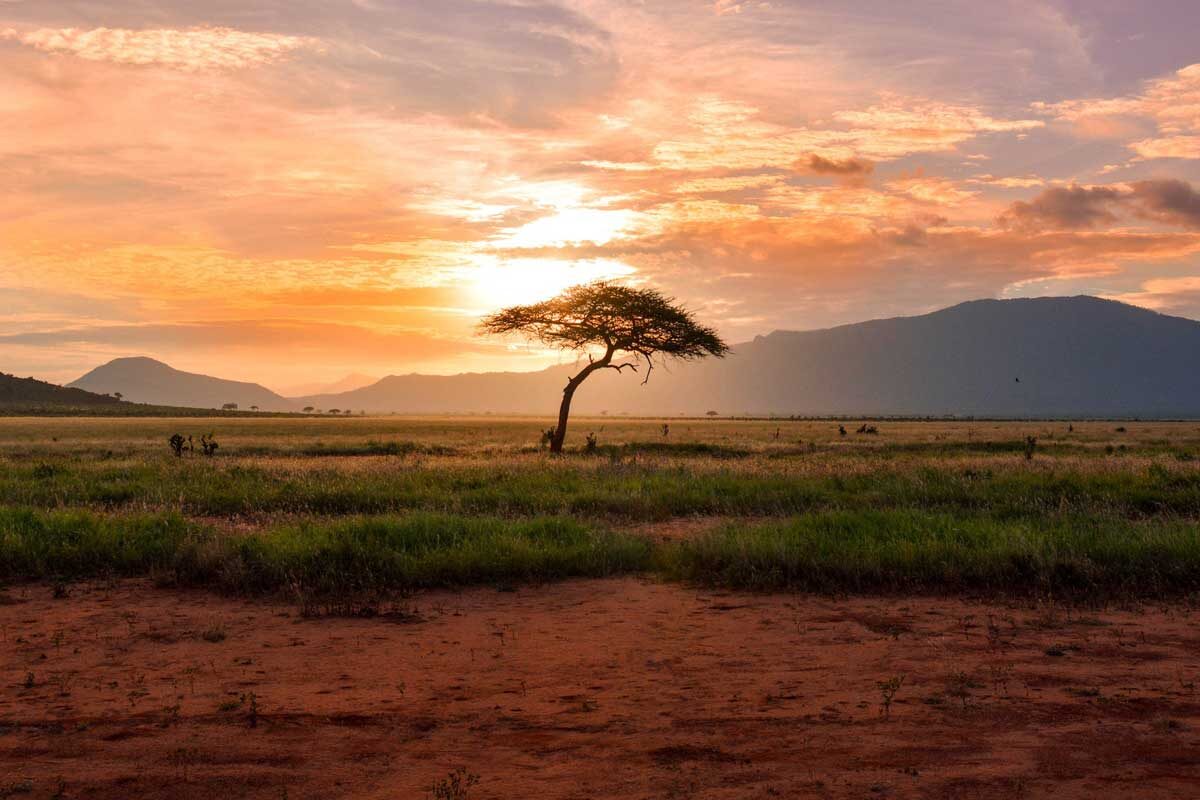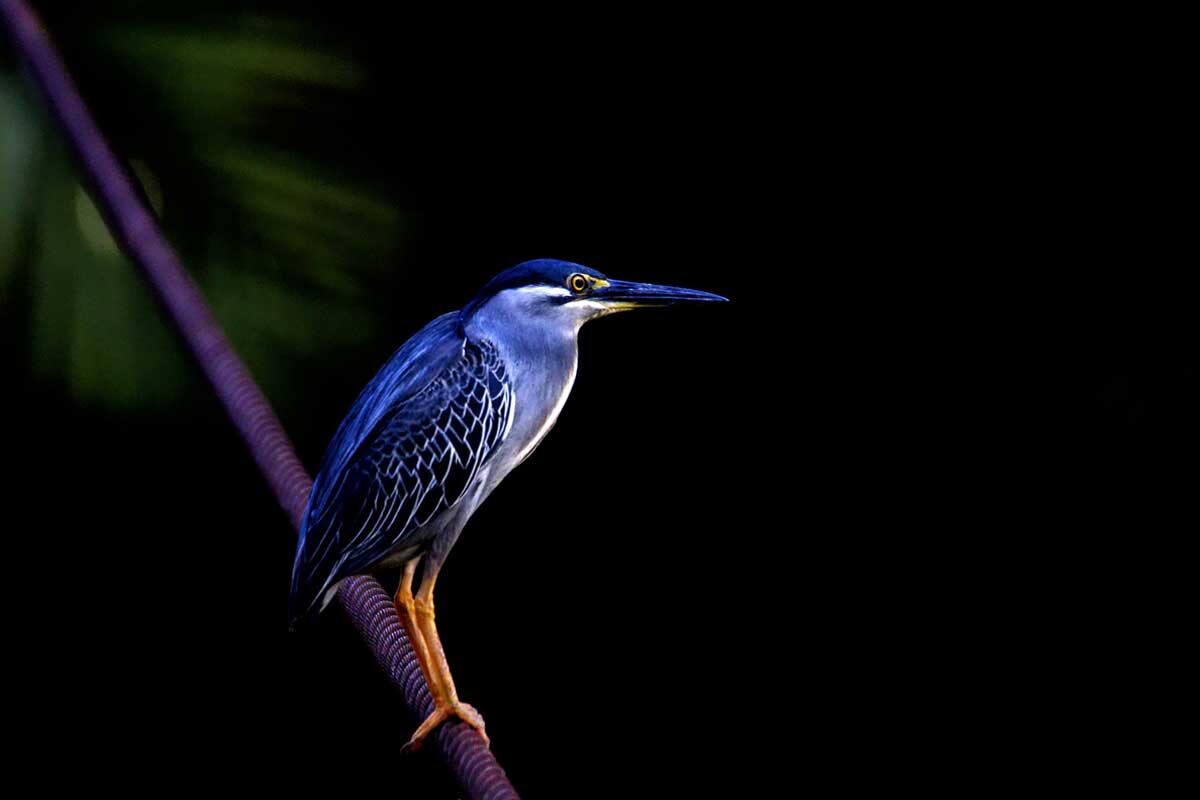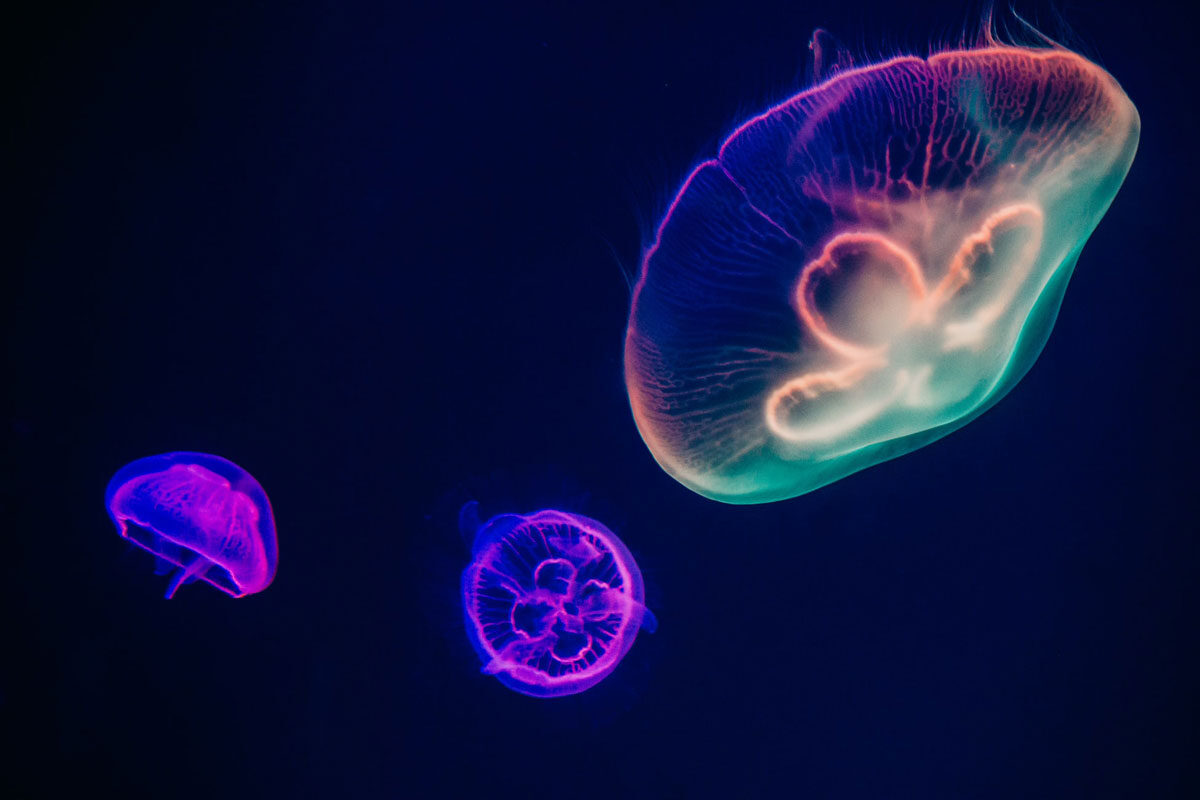Bartholomew Diaz was the first European to sight this, the only deep water port in Namibia, in 1487. The port became popular with American whaling ships in the 18th Century, when it was given the name Walvis Baai (Afrikaans for ‘Whale Bay’). The British annexed Walvis Bay in 1867 having realised its potential for fishing and as a strategic port.
It is still an important port today, but also famous for the marine wildlife and bird life in the area. Due to the upwelling of the Benguela current, the sea is rich in plankton and fish providing food for bottlenosed dolphin, Haviside’s (sometimes misspelled as Heaviside’s) and dusky dolphins, Cape fur seal (brown fur seal), sunfish, leatherback turtles and whales including humpback, and southern right whales, orcas and pygmy right whales. Marine wildlife cruises and kayaking excursions operate in Walvis Bay’s lagoon.
Walvis Bay is one of the three most important coastal wetland birding sites in Africa and one of four Ramsar Sites in Namibia. It comprises three distinct wetland areas: a tidal lagoon, a sand spit extending to Pelican Point which shelters the lagoon, and man-made salt pans. Up to 150,000 birds migrate through this region each year, with around 40 species of bird including the greatest concentration of seabirds and shorebirds in Southern Africa and half of Southern Africa’s flamingo population (greater and lesser flamingos). Other notable birds include chestnut-banded plover, European and African black oystercatcher, great white pelican, black-necked grebe, Caspian and Damara terns, cormorants, gulls and more.
Walvis Bay is also a starting point for excursions through some beautiful dunes to a viewpoint overlooking Sandwich Harbour, 55km to the south, and visits to the famous Dune 7.











